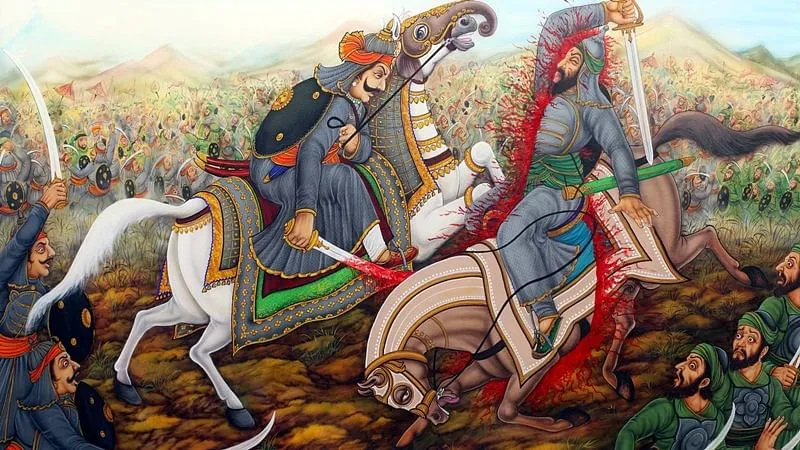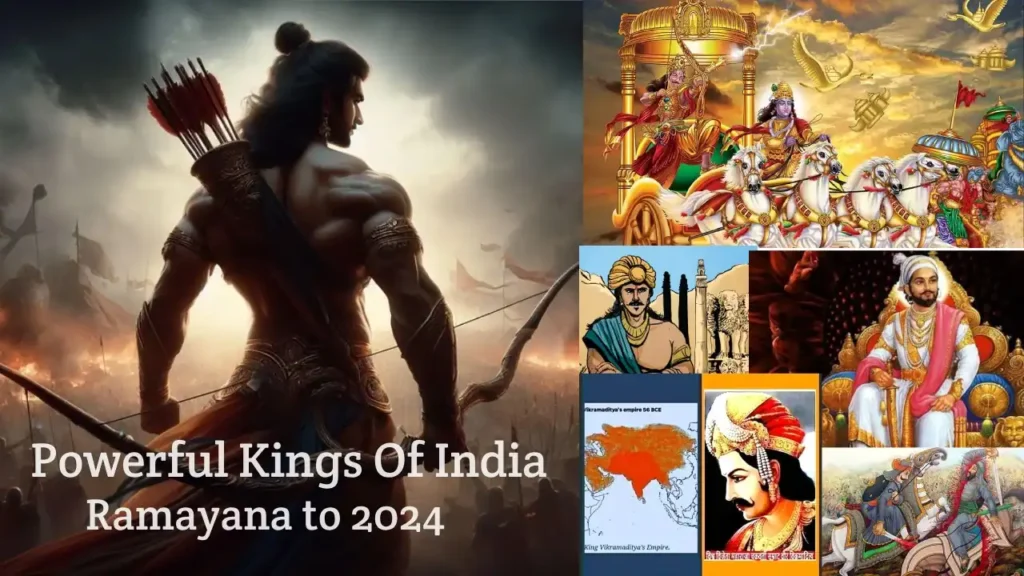Powerful Kings Of India Till 2024: The period before the events depicted in the Ramayana is often referred to as the Vedic time frame in Indian history. This time is characterized by the Vedas, Hinduism’s oldest sacred texts, and the development of early Indo-Aryan social orders in the Indian subcontinent.
During this time, society was coordinated into clans or groups, and administration was in many cases based on familial kinship ties and fighting ability. Decision-making authority was vested in clan leaders or feudal lords, who were called kings. These rulers were basically responsible for running their clans, exercising social control, protecting their relatives, and regulating strict ceremonies.
During this period, power was not as centralized or organized as it was in later periods of Indian history. The power of the lord was often limited to his own clan or tribe, and there was no understanding of the Indian state as a whole.
All things considered, the Indian subcontinent is made up of various small ancestral countries, each with its own ruler. The Rigveda, perhaps the most established Vedic text, gives an overview of the common people and administration of this period.
It reflects the work of lords as protectors of their relatives and supporters of clerics and artists. Sovereignty during the Vedic period was in many cases seen as having a heavenly basis, with God seen as the representative of divine beings on the planet.

In general, the rulers in India before the Ramayana period were clan leaders or kings, who exercised power over their particular clans or groups, playing an essential role in keeping everything under control and running their networks.
Ramayana period:
Lord Rama (Ayodhya) – Estimated to be around 7th century BC.
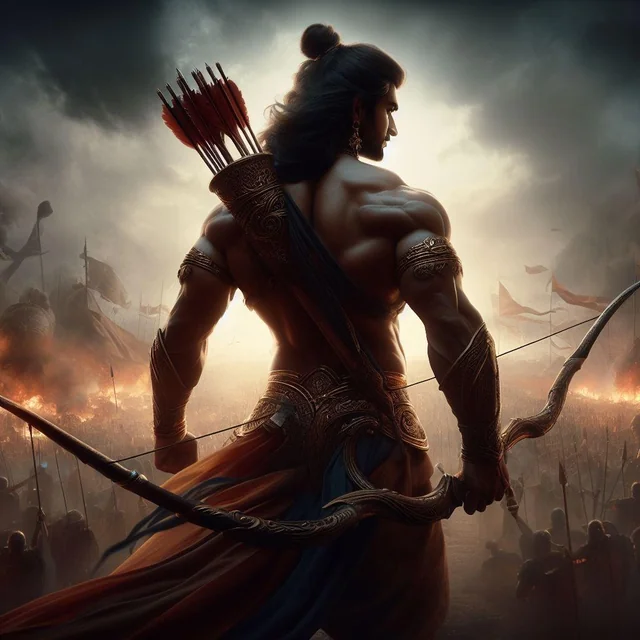
Rigvedic Kings: Sundas, Divodas, Bharata.
Mahabharata period:
Shri Krishna (Dwarka) – Estimated to be around 6th century BCE.
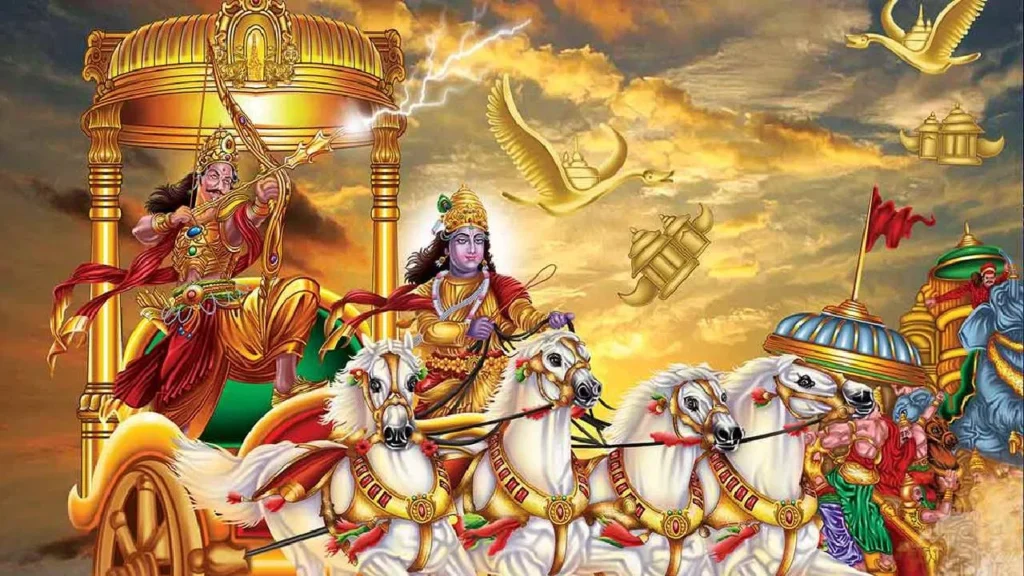
1.Yudhishthira (Indraprastha) – Estimated to be around 6th century BCE.
2.Dhritarashtra (Hastinapur) – Estimated around 6th century BC.
3.Jarasandha (Magadha) – Estimated to be around the sixth century BC.
Indus Valley Civilization (3300–1300 BC)
The Indus Valley Civilization (also known as the Harappan Civilization) flourished from approximately 3300 BCE to 1300 BCE. However, it is important to note that the Indus Valley Civilization was characterized by a decentralized urban system, and there is limited evidence of centralized political authority or kingship. The society appears to have been organized along more egalitarian lines, evidence suggests a lack of monumental architecture typically associated with royal palaces or temples.
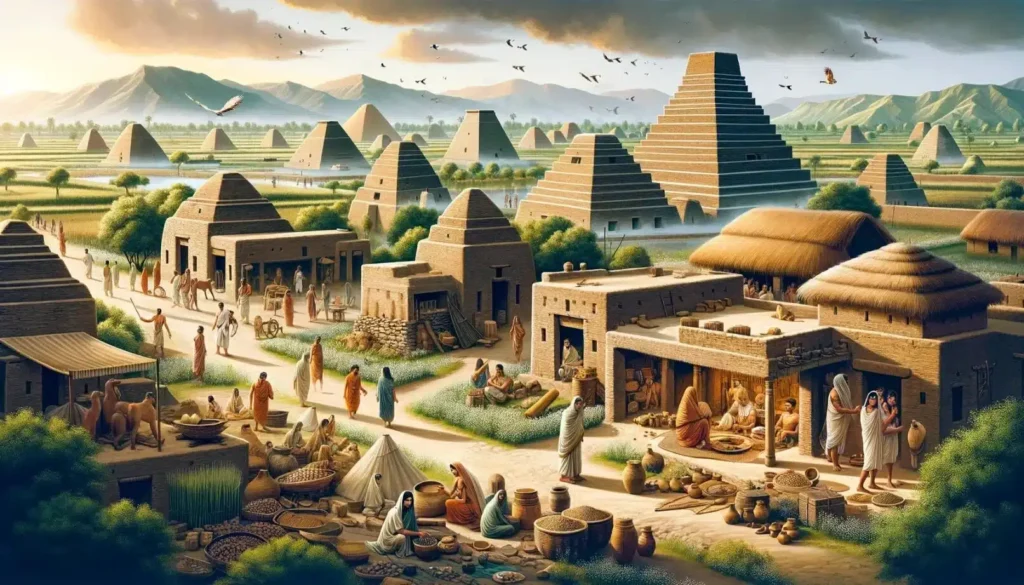
As noted, archaeological sites of the Indus Valley Civilization, such as Mohenjo-Daro and Harappa, reveal well-planned cities with sophisticated drainage systems, indicating a level of social organization and governance. Although there may have been local leaders or administrators, they are not usually referred to as kings in the traditional sense, and their identities and roles remain speculative.
Therefore, it is not possible to provide specific names and dates of kings or rulers of the time of the Indus Valley Civilization due to the lack of textual records and the decentralized nature of the Harappan society. The political structure and leadership of the civilization remains a subject of ongoing research and scholarly debate. No specific kings are known, but the civilization is known for its urban planning and sophisticated culture.
Maurya Dynasty (322-185 BC)
1.Chandragupta Maurya (322-298 BC)
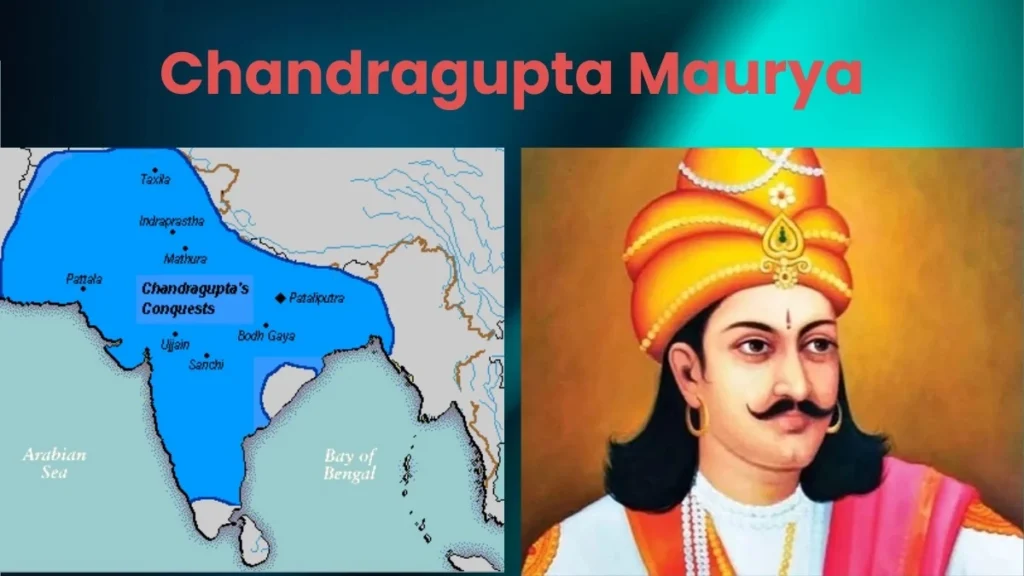
- Bindusara (298-273 BC)
- .Ashoka the Great (273-232 BC)
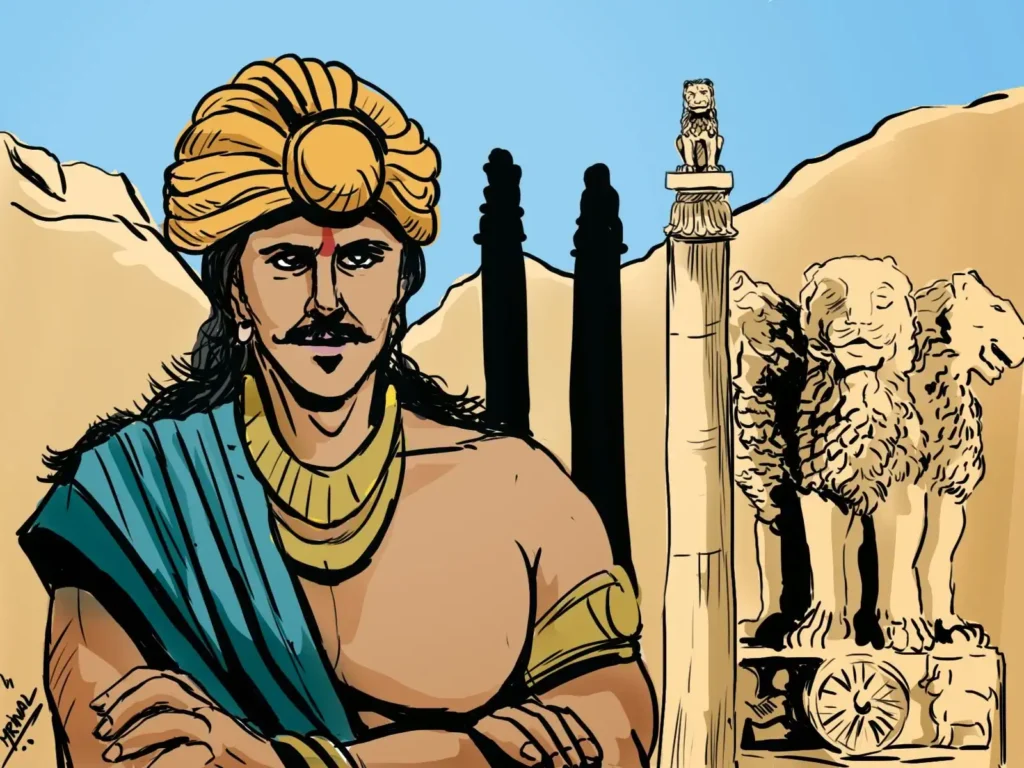
Gupta Dynasty (320-550 BC)
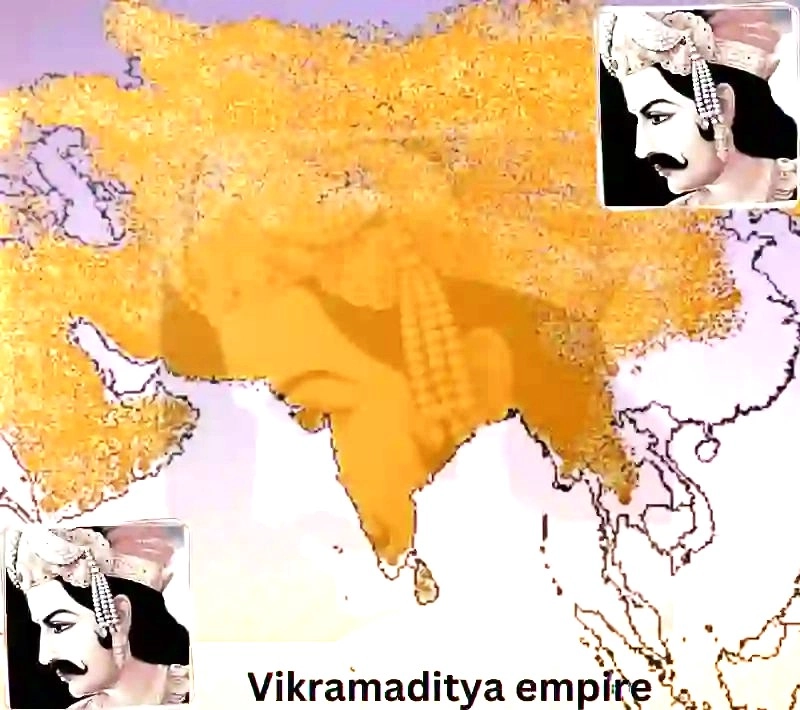
- Chandragupta I (320-335 BC)
- Samudragupta (335-375 BC)
- Vikramaditya (375-415 BC)
- Skandagupta (455-467 AD)
Harsha Dynasty (606-647 AD)
- Harshvardhan (606-647 AD)
Chola Dynasty (about 300 BC-1279 AD)
1.Karikalan (about 100 BC)
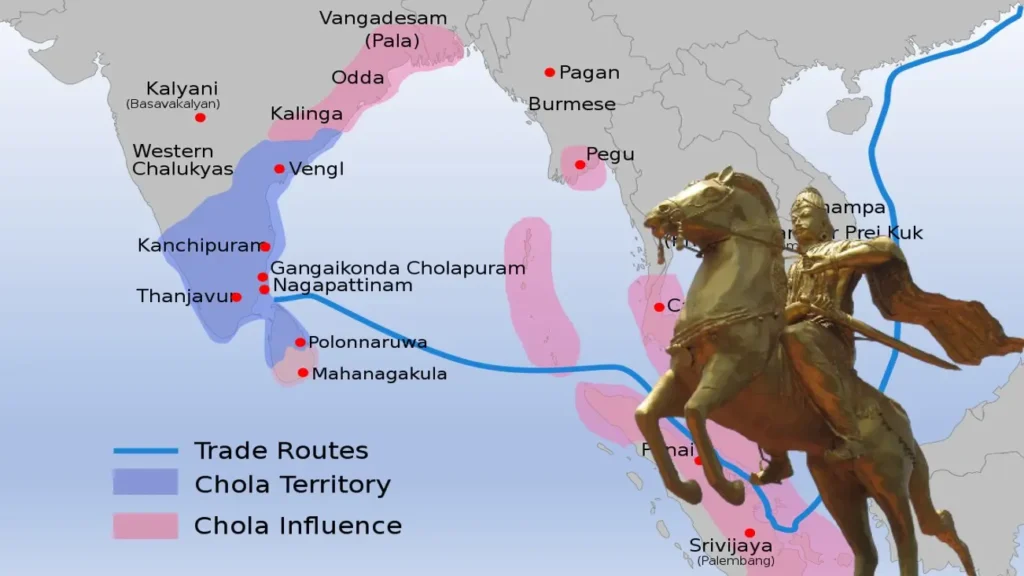
- Rajaraja Chola I (985-1014 AD)
- Rajendra Chola I (1014-1044 AD)
Mughal Empire (1526-1857 AD)
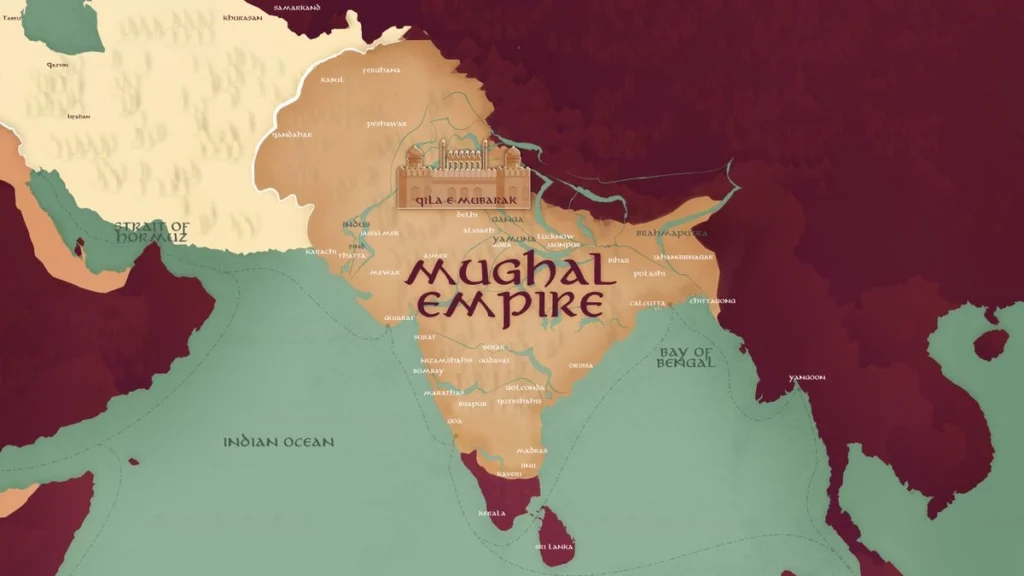
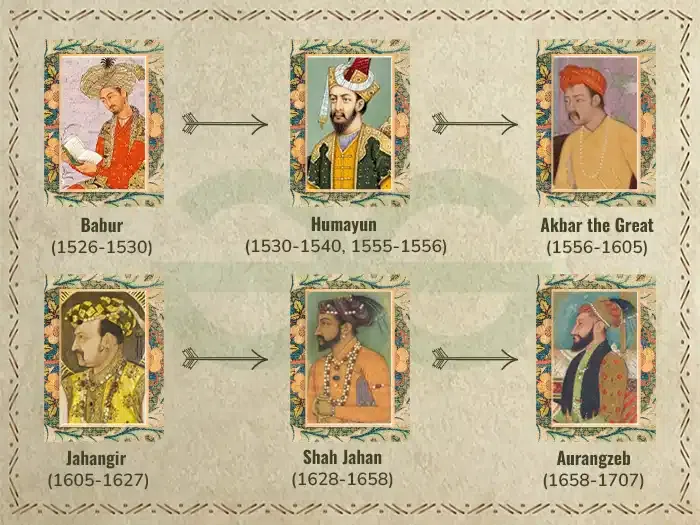
- Babar (1526-1530 AD)
- Akbar the Great (1556-1605 AD)
- Jahangir (1605-1627 AD)
- Shahjahan (1628-1658 AD)
- Aurangzeb (1658-1707 AD)
Maratha Empire (1674-1818 AD)
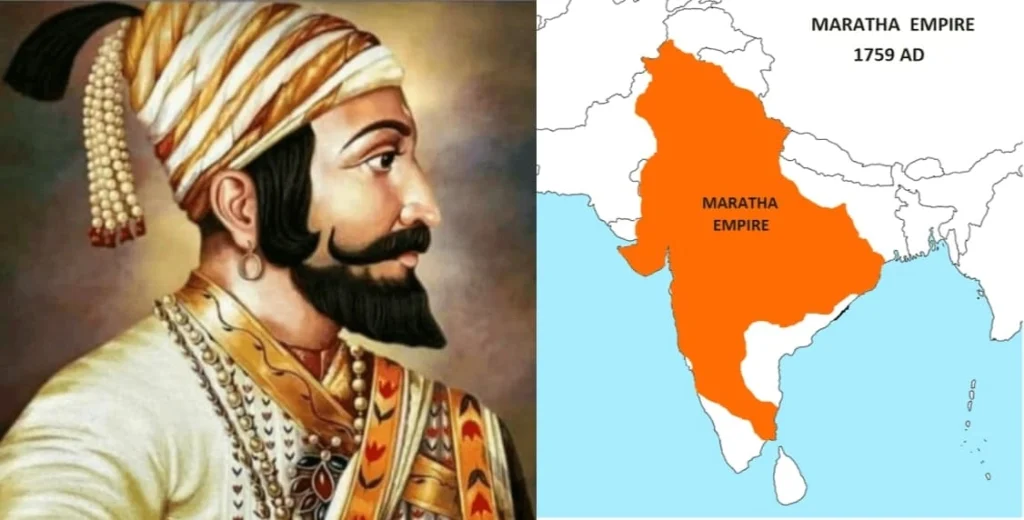
- Shivaji Maharaj (1674-1680 AD)
- Peshwa Bajirao I (1720-1740 AD)
- Peshwa Madhavrao I (1761-1772 AD)
Sikh Empire (1799-1849 AD)
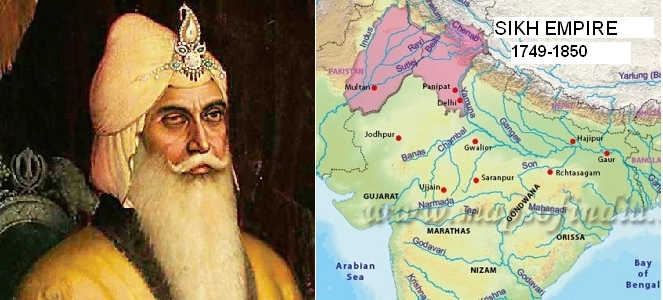
- Maharaja Ranjit Singh (1799-1839 AD)
Mysore Empire (1399-1947 AD)
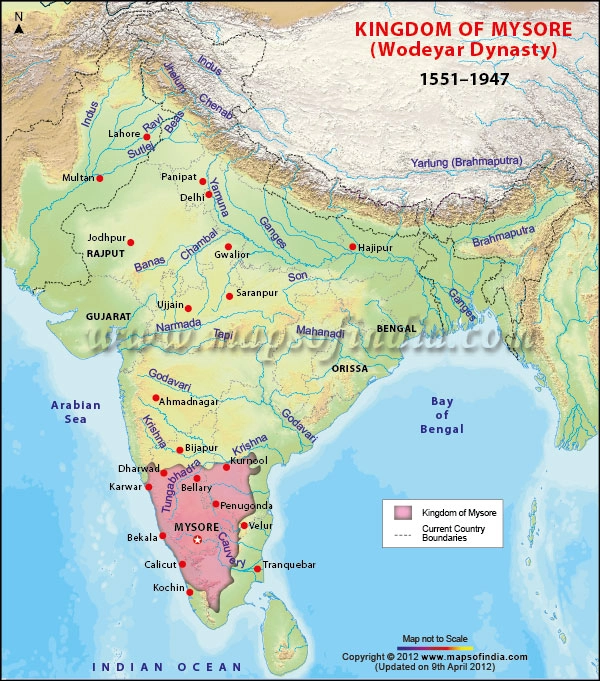
- Krishnadevaraya (1509-1529 AD)
- Tipu Sultan (1782-1799 AD)
Rani Laxmibai of Jhansi (Queen of Jhansi State) – Ruled from 1854-1858 AD.
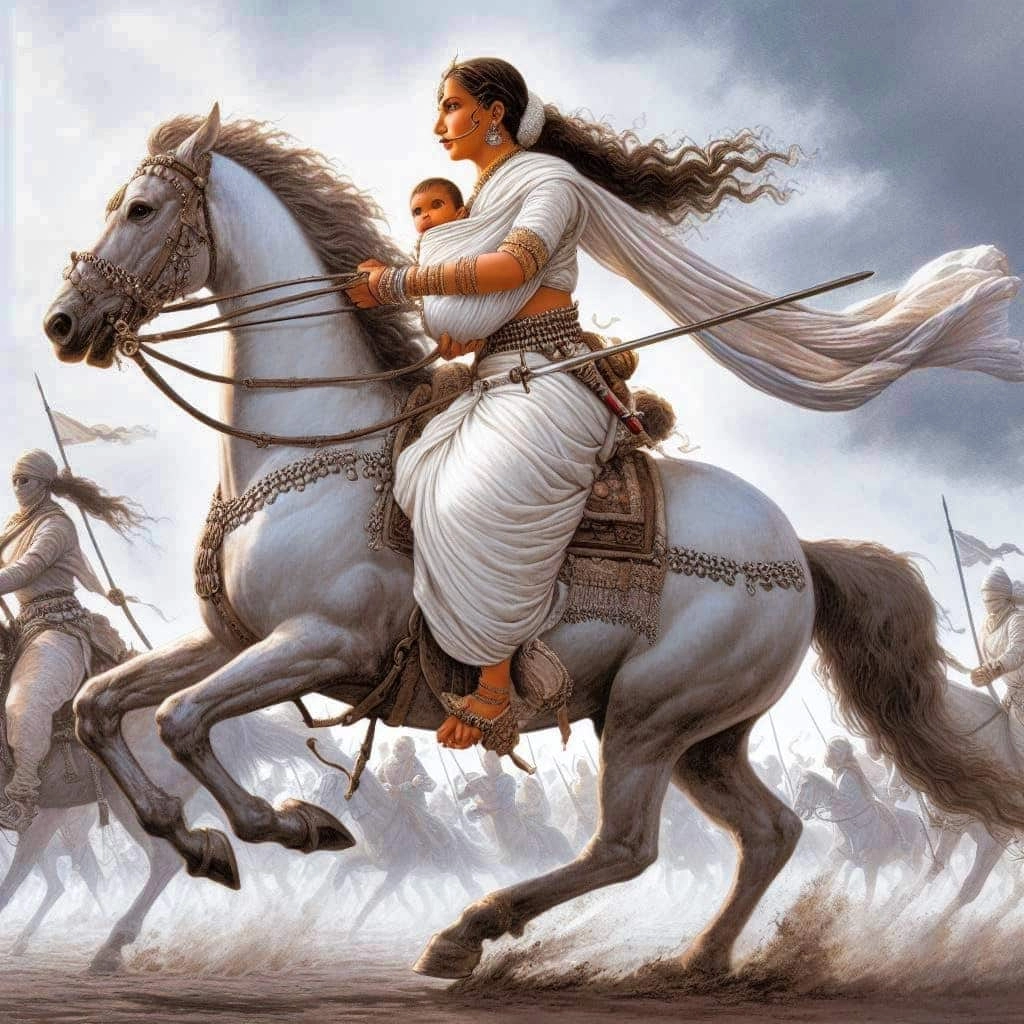
The last king to hold significant political authority in India was Maharaja Hari Singh of Jammu and Kashmir. They ruled the princely state of Jammu and Kashmir until its merger with India in 1947.
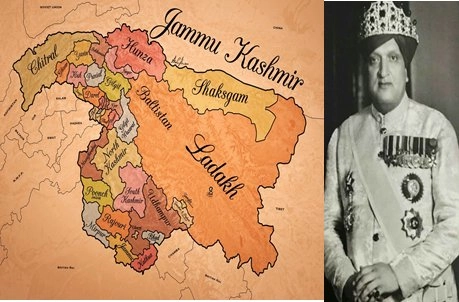
After the merger, he continued to serve as head of state until 1952, when the monarchy was abolished and the state was integrated into the Republic of India. Since then, India has been a democratic republic with no monarchical authority.
Please note that the dates provided are approximate and may vary historically
